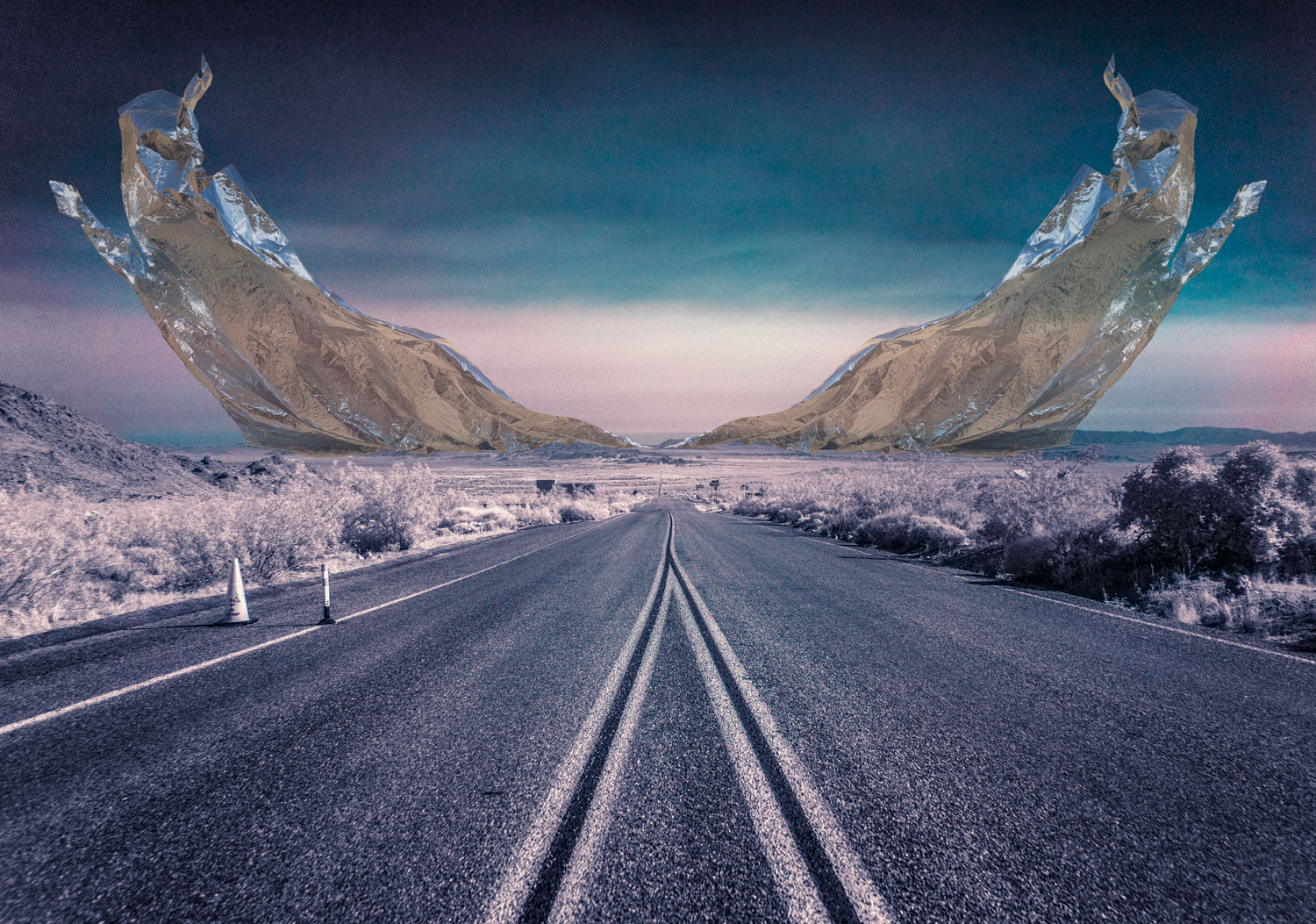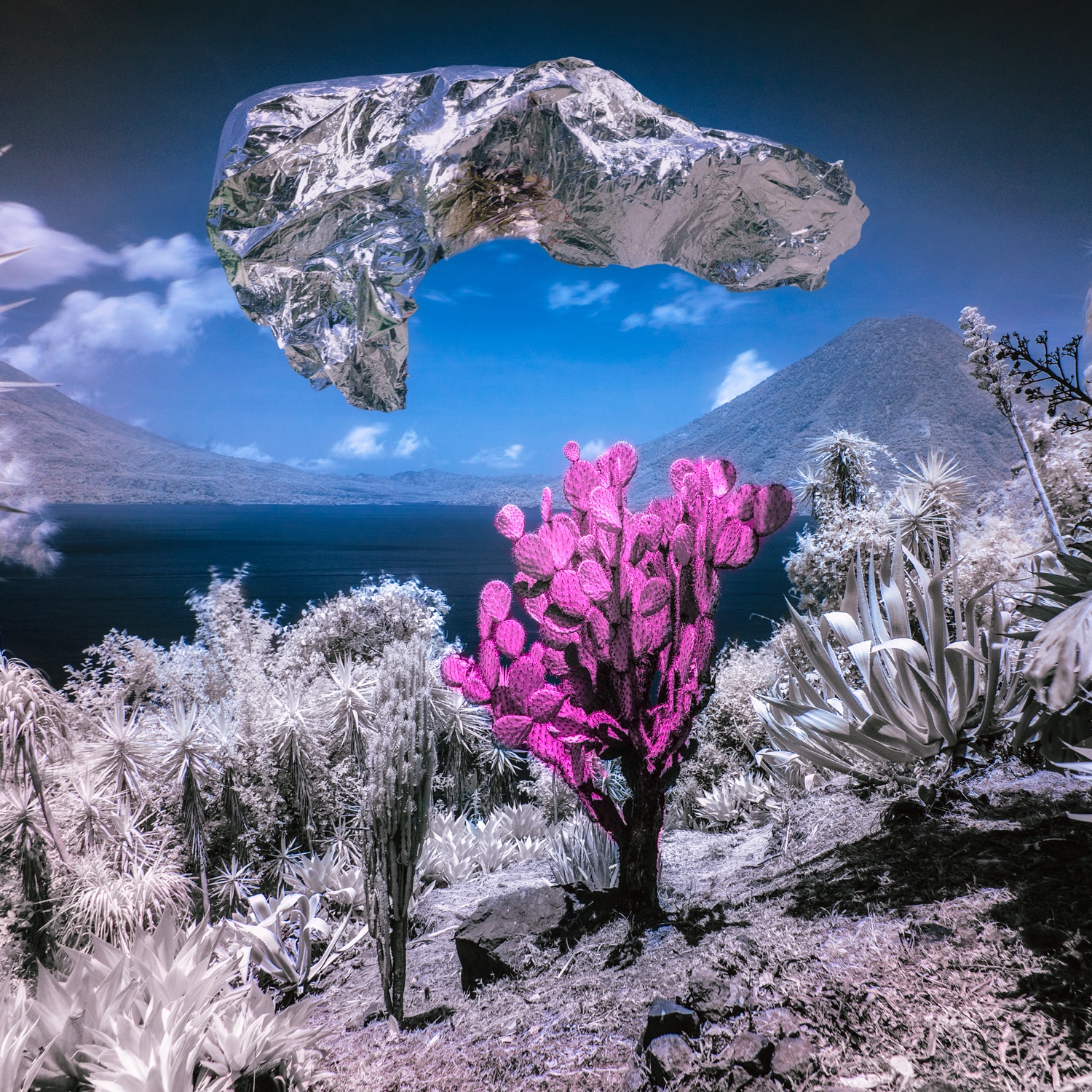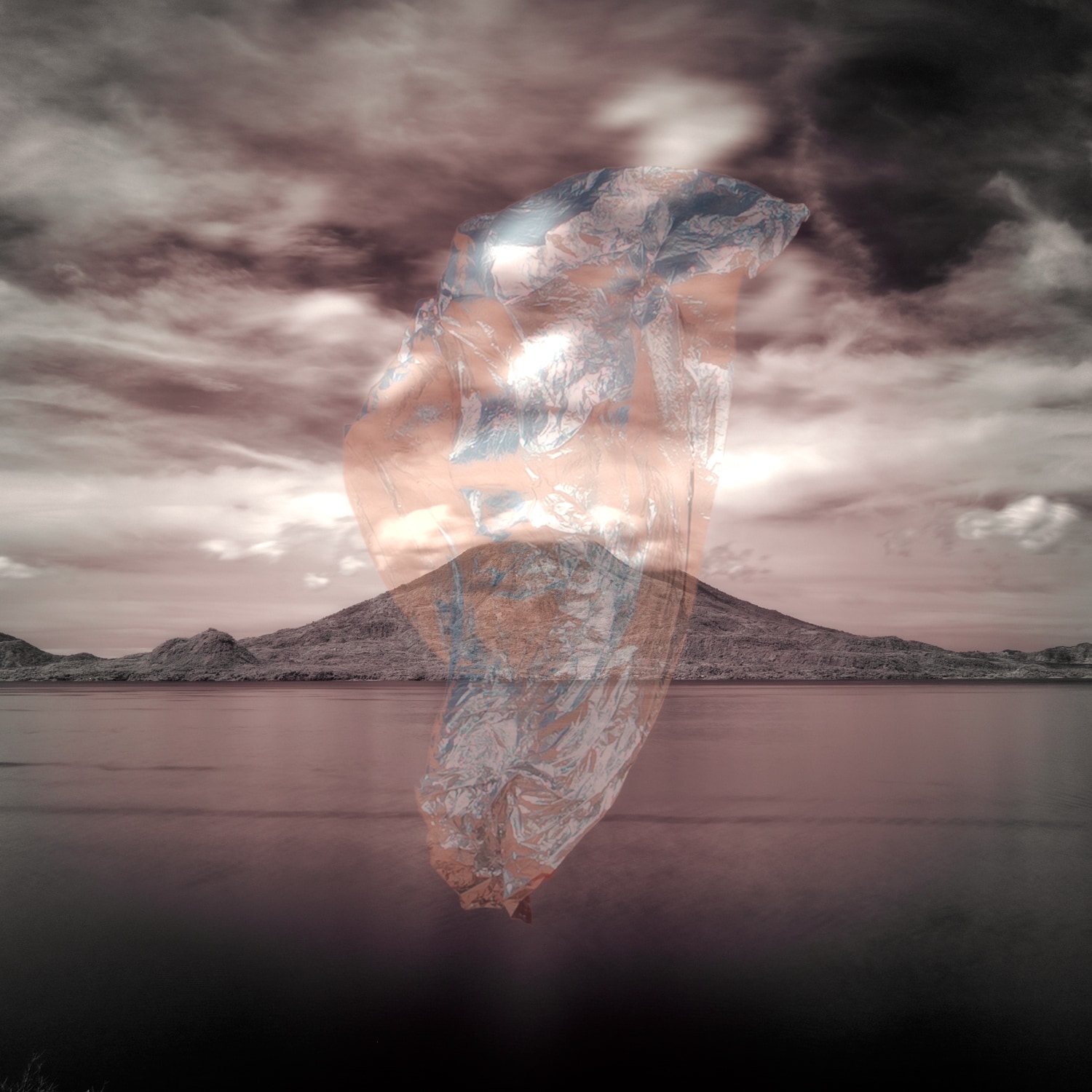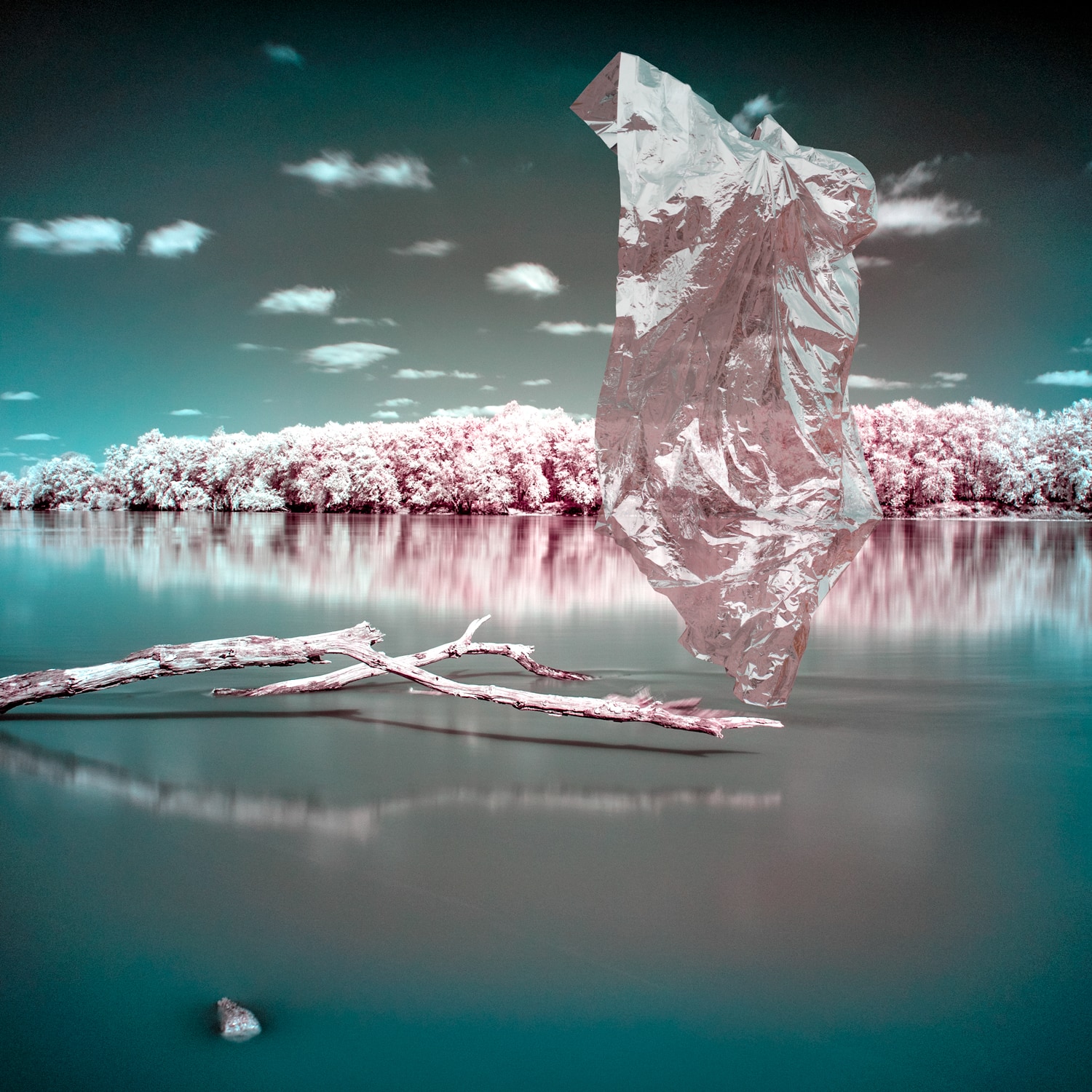Sediment
2020 will be handed over to history as the year of the great pandemic: of struggle
against a deadly virus; of the race for cover from a global threat
as violent as it is invisible, which many suspected could happen and no one saw coming.
Those who have lived through these times will hardly forget the fear, the estrangement, the
loneliness of a reality completely overturned in its ordinary mechanisms,
precarious and with an uncertain future like that of the lockdown; and memory
databases will not be able in any way to delete the images from their archives
immortalized by drones flying over deserted cities, a plastic symbol of a world
dystopian no longer relegated to fictional novels or films only.
A world now obscured by the widespread shadow of hidden danger but always
present, underlying things, somehow imminent.
Like the heat that, year after year, makes its way into the earth’s atmosphere to threaten it
the climatic balance; to compromise that happy Eden in which man,
consuming every finite resource to the limit, it has thrived for centuries, with
blind and wicked belief that they can prosper forever.
But what would happen if this pitfall were to manifest itself on our planet?
What images would the drones of the future show us if the future we expect were to become
suddenly destroyed? And what would remain, in the world of tomorrow, of insane humanity
that we know today?
«Sediments» is a video-photographic project that imagines and reconstructs – a
warning to users – the possible fate that the Earth would face if hit by
tremendous environmental catastrophe feared in recent decades.
Through the technical expedient of infrared shooting, Fabiano Caputo makes it visible
the invisible light of danger; irradiated by the sun that dried up the waters of the seas,
letting a post-apocalyptic scenario of only brambles emerge from the depths of the universe
and sand, emptiness and silence, where all that remains of man is dust, and silver-colored traces at the mercy of the winds.
Sediments of a past and unfortunate experience; a system stores infinitely more,
who have learned the hard way to reflect those life rays without
absorbing more than the necessary heat; without running the risk of running out of energy,
generator of the only material asset capable of guaranteeing its survival.
A forced but necessary lesson, that the world is still in time to relearn and follow,
to avoid the oblivion of absence and consecrate oneself peacefully
to eternity.
–
Il 2020 verrà consegnato alla Storia come l’anno della grande pandemia: della lotta
improvvisa contro un virus mortale; della corsa ai ripari da una minaccia globale tanto
violenta quanto invisibile, che in molti sospettavano potesse avvicinarsi e nessuno ha
visto arrivare.
Chi ha vissuto questi tempi difficilmente potrà dimenticare la paura, lo straniamento, la
solitudine di una realtà completamente rovesciata nei suoi meccanismi ordinari,
precaria e dal futuro incerto come quella del lockdown; e i database della memoria
collettiva non riusciranno in alcun modo a cancellare dai propri archivi le immagini
immortalate dai droni alzati in volo sulle città deserte, simbolo plastico di un mondo
distopico non più relegato ai soli romanzi di finzione o alle pellicole cinematografiche.
Un mondo ormai oscurato dall’ombra diffusa del pericolo nascosto ma sempre
presente, sotteso alle cose, in qualche modo imminente.
Come il calore che, di anno in anno, si fa strada nell’atmosfera terrestre a minacciarne
l’equilibrio climatico; a compromettere quell’Eden felice nel quale l’uomo,
consumandone allo stremo ogni risorsa finita, ha prosperato per secoli, con la
convinzione cieca e scellerata di potervi prosperare per sempre.
Ma cosa accadrebbe se anche questa insidia dovesse manifestarsi sul nostro pianeta?
Quali immagini ci mostrerebbero i droni del futuro, se il futuro che ci attendiamo venisse
improvvisamente distrutto? E cosa resterebbe, nel mondo di domani, della folle umanità
che conosciamo oggi?
«Sediments» è un progetto video-fotografico che immagina e ricostruisce – come
monito ai fruitori – il possibile destino cui la Terra andrebbe incontro se colpita dalla
tremenda catastrofe ambientale paventata negli ultimi decenni.
Attraverso l’espediente tecnico della ripresa a infrarossi, Fabiano Caputo rende visibile
la luce invisibile del pericolo; irradiata dal Sole che ha prosciugato le acque dei mari,
lasciando emergere dai fondali dell’universo uno scenario post-apocalittico di soli rovi
e sabbia, vuoto e silenzi, in cui dell’uomo non resta che polvere, e tracce color argento
in balia dei venti.
Sedimenti di un’esperienza passata e sciagurata; depositi di un sistema infinitamente più
grande, che hanno imparato a proprie spese a riflettere quei raggi vitali senza
assorbirne più del calore necessario; senza rischiare di esaurire, così, l’energia
generatrice dell’unico bene materiale in grado di garantirgli la sopravvivenza.
Una lezione costretta ma necessaria, che il mondo è in fondo ancora in tempo ad
apprendere e seguire, per scongiurare l’oblio dell’assenza e consacrarsi pacificamente
all’eternità.
–
If you want know more about how to obtain infrared photos check on Kolari Vision.
Se vuoi saperne di più su come ottenere foto ad infrarossi visita il sito di Kolari Vision.













